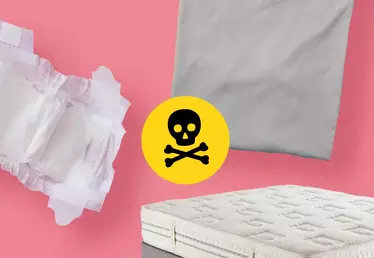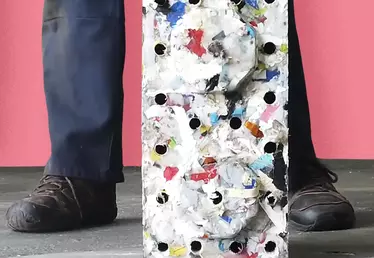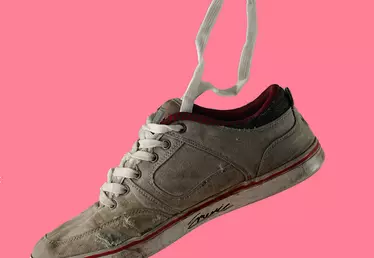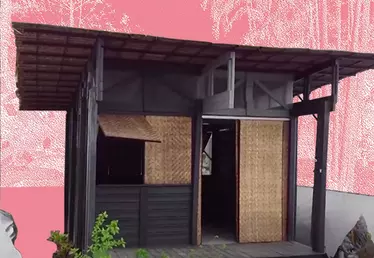

Hero banner custom title
Four European waste sorting champions!
3 min
Ljubljana (Slovenia), Parma (Italy), Sǎlacea (Romania) and Besançon (France) deliver remarkable waste collection, sorting, reduction and recycling performances. Spotlight on waste management in four exemplary cities.
Over 1.3 billion metric tons of urban waste is produced annually. According to the World Bank, it could reach 2.2 billion metric tons by 2025.
Optimal management is therefore a major challenge for cities. Some have already mastered it. Spotlight on four exemplary European cities.
Ljubljana, European "zero waste" pioneer
Did you know? In 2014, Ljubljana (Slovenia) was the first European capital to set a zero waste goal. An ambitious venture given that in 2004 it was producing 268 kg of waste per person per year. Today this figure stands at just 110 kg. A feat achieved by implementing a new waste management system.
The city in fact replaced its voluntary collection points with separated waste collection directly from homes. The municipality also reduced the frequency of organic waste (food and green waste) collection to encourage residents to make a greater effort to sort and compost their garbage.
As a result the amount of waste sent to landfill has been slashed by 60%, while also maintaining one of the lowest management costs in Europe! In 2016, the city was even elected "Green Capital" by the European Union. Next step? By 2025, Ljubljana hopes to reduce the amount of waste produced still further - to 60 kg per person per year!
Coow Parma divides its waste six-fold
Famous for its gastronomy and quality of life, until a few years ago the Italian region of Parma was also one of the highest waste producers: on average, 636 kg of waste per capita in 2014. 160 kg more than the European Union average! Only half of this waste was recycled - the rest headed to landfill or for incineration.
Starting in 2014, the municipality launched a series of measures aimed at zero waste. First change: to promote recycling, separate door-to-door collections of organic waste, glass and plastic packaging were progressively introduced in Parma’s central and residential areas. Another change was the introduction of an incentive tax: the less waste a household generates, the less they pay.
It has produced good results. In just four years, the volume of waste has fallen to 110 kg per person per year. And by 2016 the waste recycling rate had shot up from 49% in 2012 to 76%.
Sǎlacea sets an example in Romania
In 2016, Romania recycled only 13% of its waste... one of the lowest recycling rates in Europe. In the Bihor region, Sǎlacea - a small town with a population of 3,000 - decided it could do much better! In 2018, the local council set up a selective waste collection system - separating organic waste, glass and plastic packaging - to ensure efficient sorting.
In the first month, 66% of waste was recycled (compared to only 3% previously). In total, the volume of non-recyclable waste fell drastically from 109 to 19 kg per person per year. A great example for the whole country!
Besançon, reduces waste at source
A waste sorting awareness campaign, local composting, waste collection fees based on the amount each household produces, and more.
Several years ago, Besançon opted for an approach based on reducing the amount of waste at source. And its efforts are bearing fruit: the city collects less than 150 kg of waste per person per year.
Which has inspired other French municipalities, for example... Paris! The capital is aiming to make up for lost time. Since December 2018, it has been experimenting with its first zero waste street: rue de Paradis in the 10th arrondissement.











